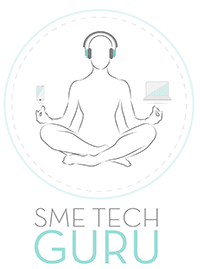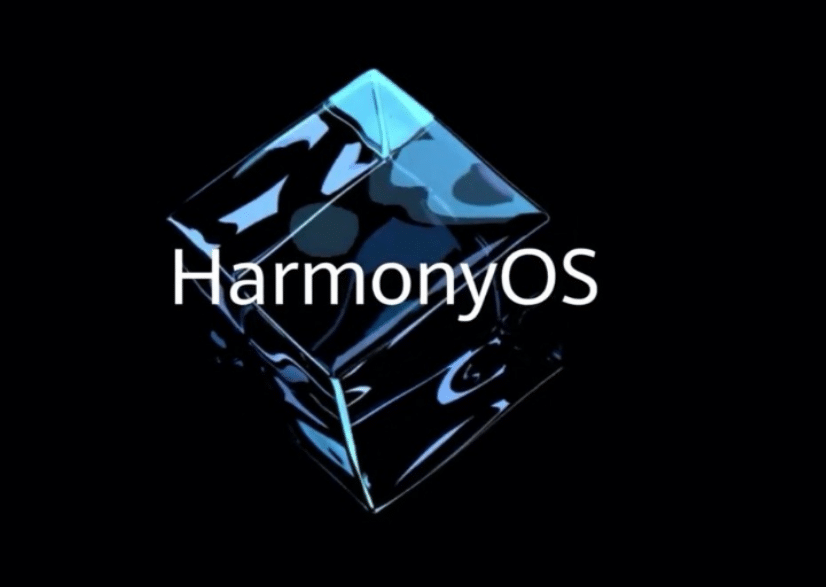It is reported that Huawei will soon announce the next stage of HarmonyOS, the company’s ambitious project to create its own operating system. A lot of the online chatter surrounding HarmonyOS focuses on comparisons with Android. While it is understandable that people are looking at HarmonyOS from this angle, such comparisons really miss the mark. When you dig into it, HarmonyOS does not belong to the same category of system as Android, or even iOS, for that matter. Here, we hope to provide a more useful way to frame the discussion, and clarify how HarmonyOS relates to Huawei’s “1+8+N Seamless AI Life” concept.
New architecture for the coming Internet of Everything (IoE)
What we need to think about in the future is not designing systems for single devices such as mobile phones and PCs, but building bridges for hundreds, if not thousands, of computing devices.
The advent of the IoE era means that, in addition to complex devices such as phones, computers, and tablets, objects like watches, door locks, and even shoes will be connected and have or require certain data processing capabilities. To make connectivity ubiquitous, many problems need to be addressed, including reducing device costs, simplifying devices, improving interoperability of different systems, and making data sharing between devices and unified data processing easier. The traditional approach of having different operating systems for different types of devices creates an enormous burden in terms of coding. Developers have to address every possible device their software might run on, but the more code they add, the more likely their application will be too big for devices with limited processing capabilities. New kinds of cross-device operating systems — HarmonyOS being a prime example — will free up developers to spend more time on issues like system flexibility and extensibility.
HarmonyOS enables all connected devices to share capabilities with each other, including phones, computers, TVs, and household appliances, forming an integrated whole, and unlocking the synergy between devices. You can control a TV with a computer keyboard, and the music app on your phone can make use of your smart speaker. User experience can be greatly enriched.
The story so far
Huawei’s strategy appears to be to compete with other vendors by integrating each of its products into a broader web of products. The support of HarmonyOS on “8” and “N” devices (“N” refers to third-party devices that are interoperable with Huawei gear) will effectively address the problem. This is the core idea of “1+8+N”. It’s not just a phone that connects with a TV. It’s an interconnected network that includes your phone, TV, laptop, watch, lamps, oven, and countless other devices. It is rumoured that laptops, watches and speakers, and a number of third-party smart home devices will make up the batch of devices that support HarmonyOS 2.0, to be launched in this year. We expect to see HarmonyOS-powered automotive head units and other devices later this year and in 2022 globally. Huawei phones are currently still running on EMUI, but preparations are being made for a switch to HarmonyOS.
Final thoughts
At this point it should be clear that HarmonyOS is not just some hastily thrown together Android replacement. Any comparison between the two is like comparing apples with oranges, as Huawei’s new OS is not a mobile phone operating system in the conventional sense at all; it is a multi-device smart lifestyle operating system. HarmonyOS is the ideal operating system for the IoE era, where everything is connected.


